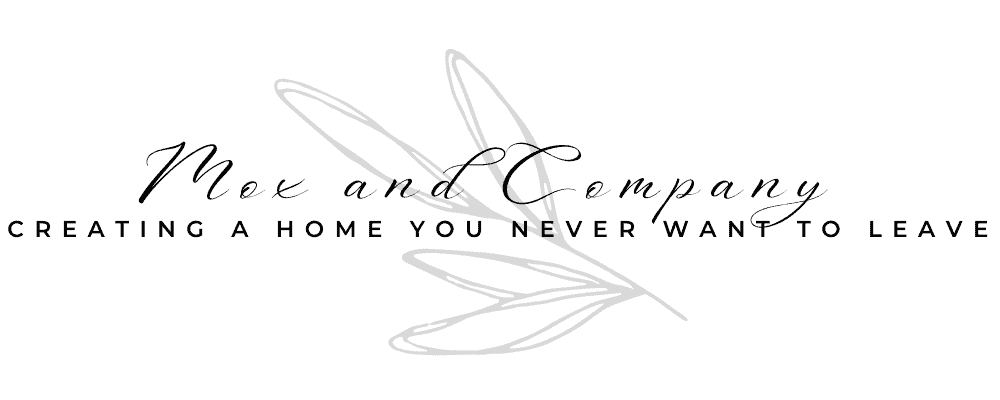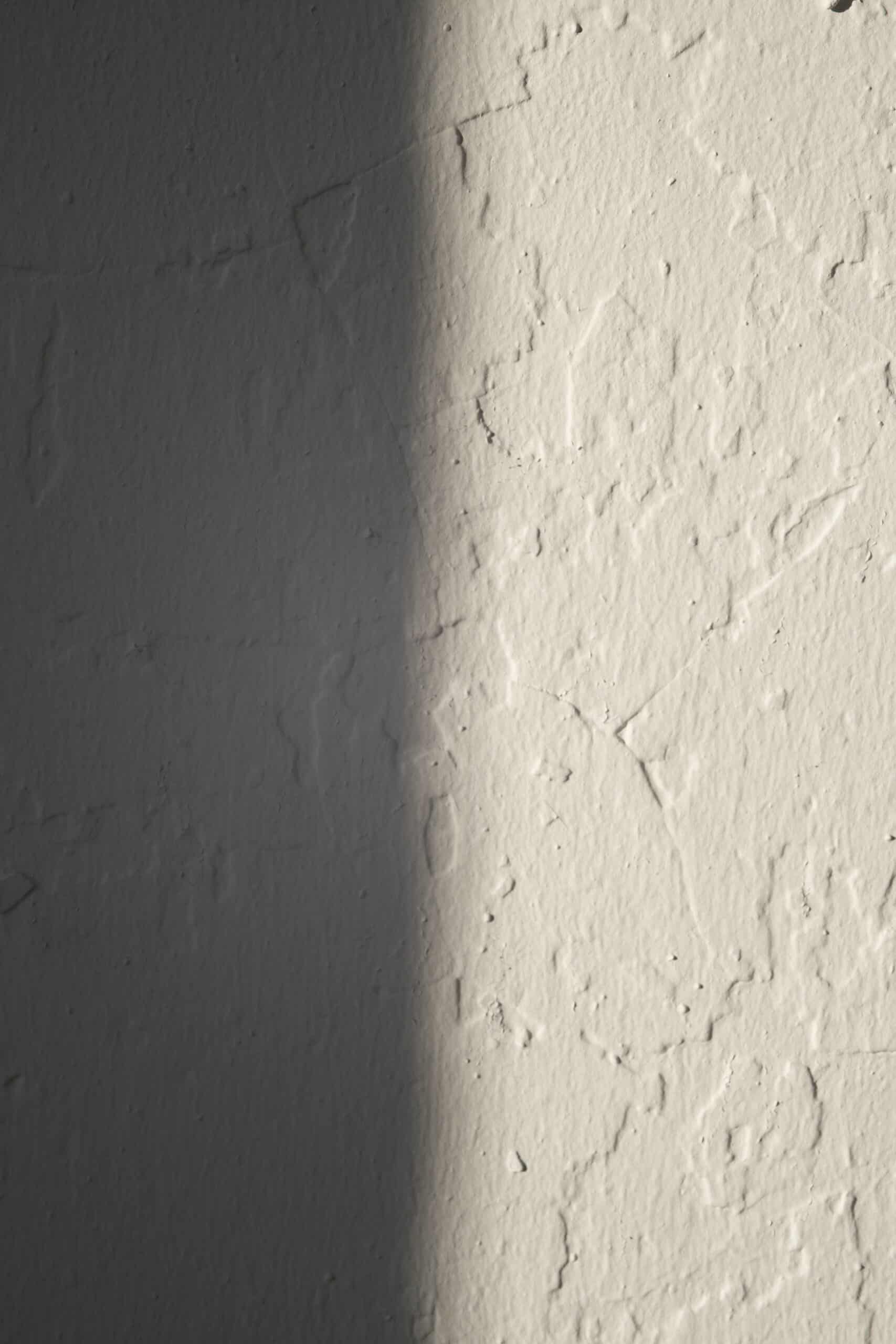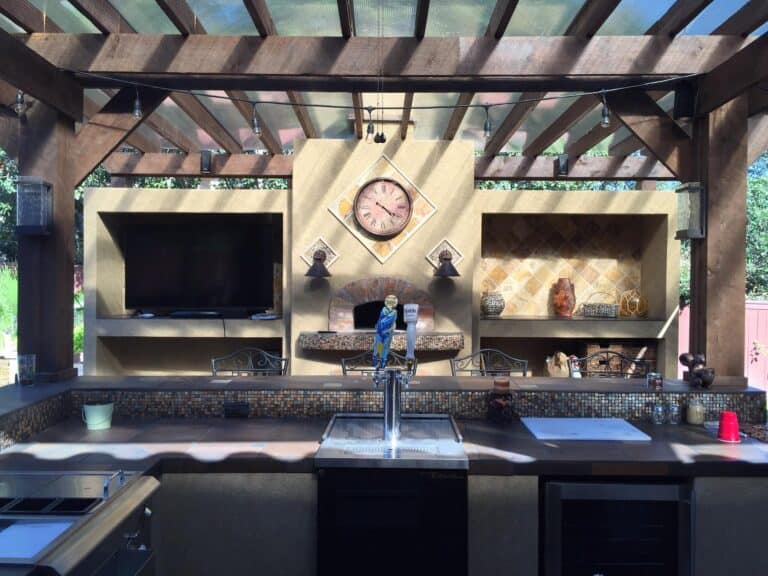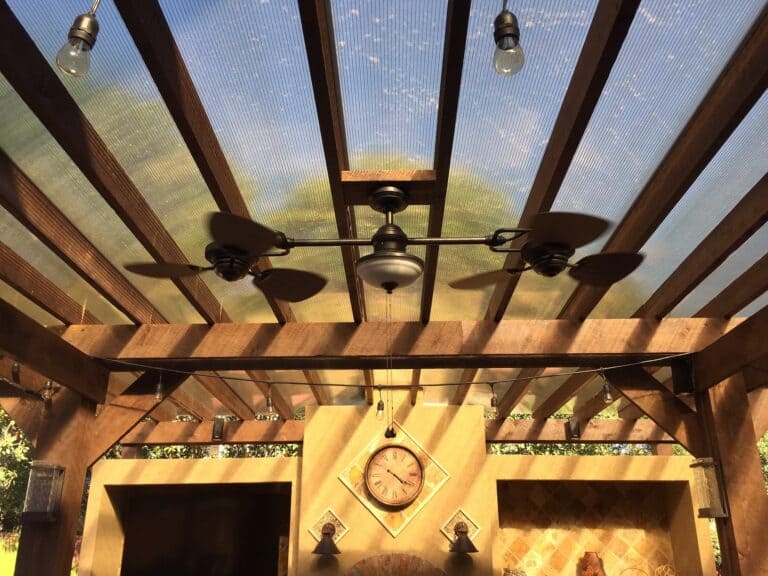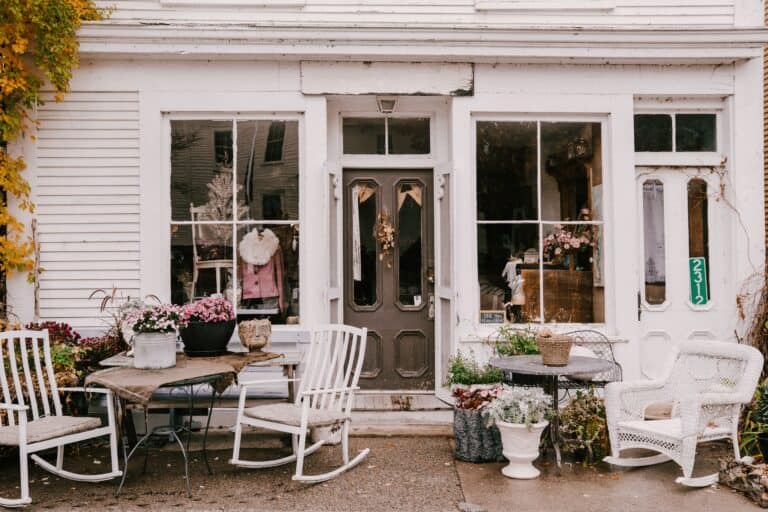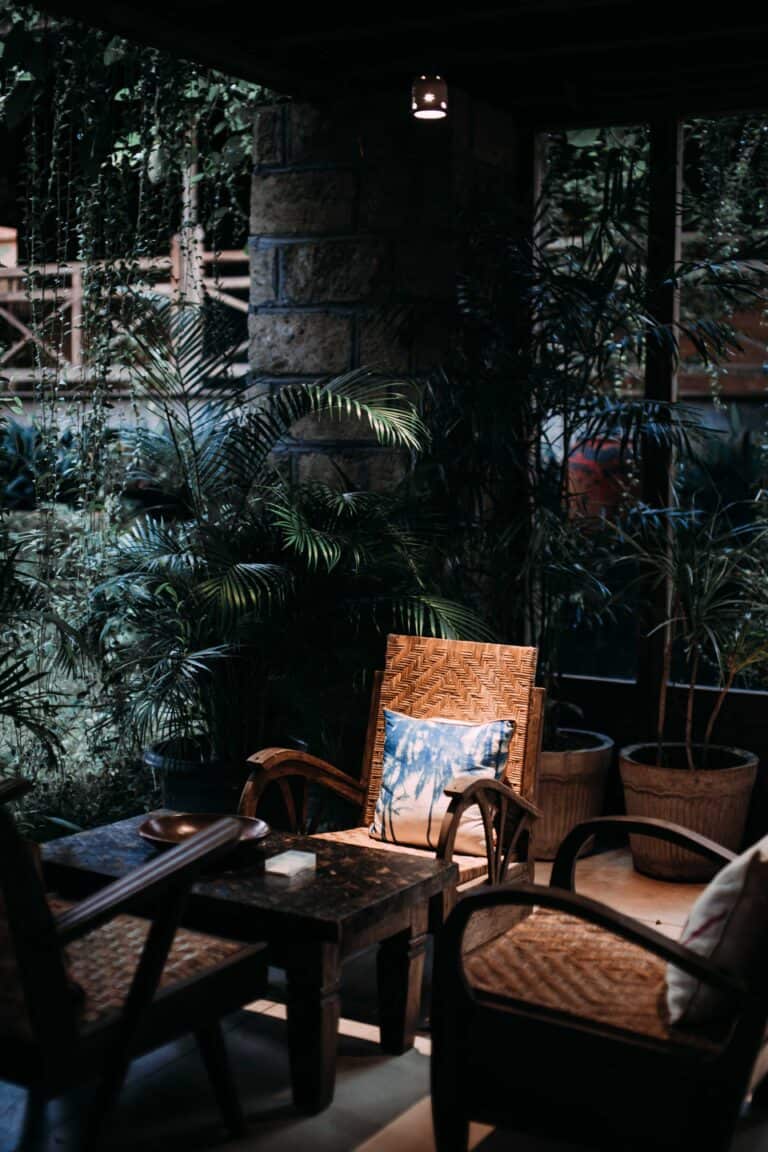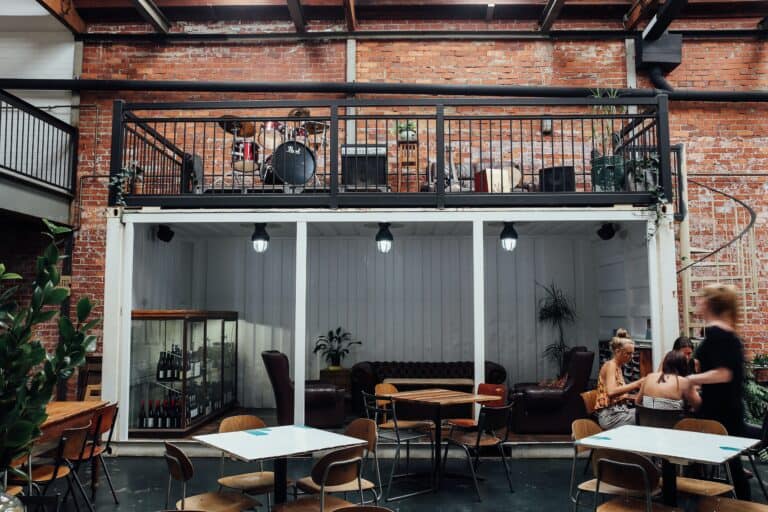7 Best Patio Cover Material
Which is the Best Material for Your Patio? When you’re looking at different materials, there are a lot to choose from. This can be overwhelming! So we created this list of 7 best-selling patio cover options so that it will help narrow down what material would work well with your needs and taste as soon as possible
Each material has its own advantages and disadvantages, so make sure you choose one that will work best for your needs!

7 Best Patio Cover Material
There are a few different things to consider when choosing the best patio cover material for your needs. One important factor is the climate in your area. If you live in an area with severe winters, you’ll need to choose a material that can withstand heavy snow and ice. Another consideration is the amount of sun and heat exposure your patio receives.
If you have a lot of trees or other shadings around your patio, you might want to choose a lighter-colored material to help keep your space cooler. Finally, consider the overall look and feel of your outdoor space. If you want a more natural look, wood or bamboo might be the best option. If you’re going for a more modern aesthetic, metal or glass might be a better choice.
Wood
Wood is the most common patio cover material, and for good reason. It’s attractive, durable, and provides excellent protection from the sun and rain. However, wood does require some maintenance, such as annual sealing and staining, to keep it looking its best.
For good reason, wood patio coverings are the most popular. Wood is an attractive natural material that may be stained or painted to match your style.
After a while, do you want a fresh look? No issue! By changing the color of your paint or stain, wood is simple to refinish.
Cedar
Western Red Cedar is a great patio cover material since it is affordable, beautiful, and resistant to moisture and pest damage. For this reason, Western Red Cedar is utilized in a variety of outside projects, such as siding, decking, and fencing.
The same factors also make Alaskan Yellow Cedar a favorite among us. While strong enough to withstand weather damage, this deep golden wood is also light enough and supple enough to be handled by common power tools.
Even though Western Red Cedar and Alaskan Yellow Cedar both look fantastic with a clear sealer, they are both versatile options for wood patio covers because they take stain and paint well and readily.
Aluminum
Aluminum patio covers are a popular choice because they’re lightweight, low-maintenance, and resist corrosion. They come in a variety of colors and styles to match any home’s exterior.
The design and durability of aluminum patio covers have advanced greatly. Aluminum patio covers can simulate wood and come in a variety of colors for a clean, contemporary appearance.
They also require little upkeep and do very well against sunlight and wetness. However, due to their lightweight metallic design, aluminum patio covers are more prone to denting and can be noisy due to rain and falling tree debris.
PVC
PVC is a synthetic plastic that’s widely used in everything from pipes to patio furniture. It’s also an excellent material for patio covers because it’s durable, weather-resistant, and easy to clean. PVC is available in a variety of colors, but white is the most popular choice.
Redwood
Another common option for outdoor uses is redwood due to its sturdiness, deep reddish color, and naturally insect-resistant tannins. The wood can be sealed or stained, or you can leave it unfinished. Redwood’s color will ultimately turn into a lovely soft gray under the sun’s UV rays if untreated.
Fiberglass
Fiberglass is another synthetic material that’s often used for patio covers. It has many of the same advantages as PVC, including durability, weather resistance, and easy maintenance.
However, fiberglass is transparent, so it won’t provide as much sun protection as some other materials on this list.
Fabric
Fabric patio covers are a good choice if you want something easy to install and take down. They come in a variety of colors and patterns to match any decor, and they can provide excellent protection from the sun and rain.
However, fabric covers are not as durable as some other materials on this list and will need to be replaced more often.
Vinyl
Vinyl is a great alternative to wood if you want something that looks like wood but is easier to maintain. Vinyl is also available in a variety of colors and styles.
Concrete
Concrete is a durable material that can last for many years. Plus, it’s easy to maintain and can be customized to match your home’s exterior.
Brick
Brick is another durable material that can add beauty and value to your home. However, brick does require more maintenance than concrete.
Stone
Stone is a natural material that has a unique look. It’s also very durable and easy to maintain. However, stone can be expensive.
Metal
Metal patio covers are a good choice if you want something durable and long-lasting. They’re available in a variety of colors and styles, but they can be more expensive than some other materials on this list.
Aluminum
Aluminum is a great choice for a patio cover because it’s durable and low maintenance. Plus, it’s available in a variety of colors and styles to match your home’s exterior.
Thatched Roof
A thatched roof is a traditional material for patio covers. It’s made from dried grass, straw, or reeds, and it has a unique, rustic look. Thatched roofs are fairly durable, but they require more maintenance than some other materials on this list. They also provide good protection from the sun and rain.
No matter what material you choose for your patio cover, make sure it’s installed properly to ensure it lasts for years to come.
